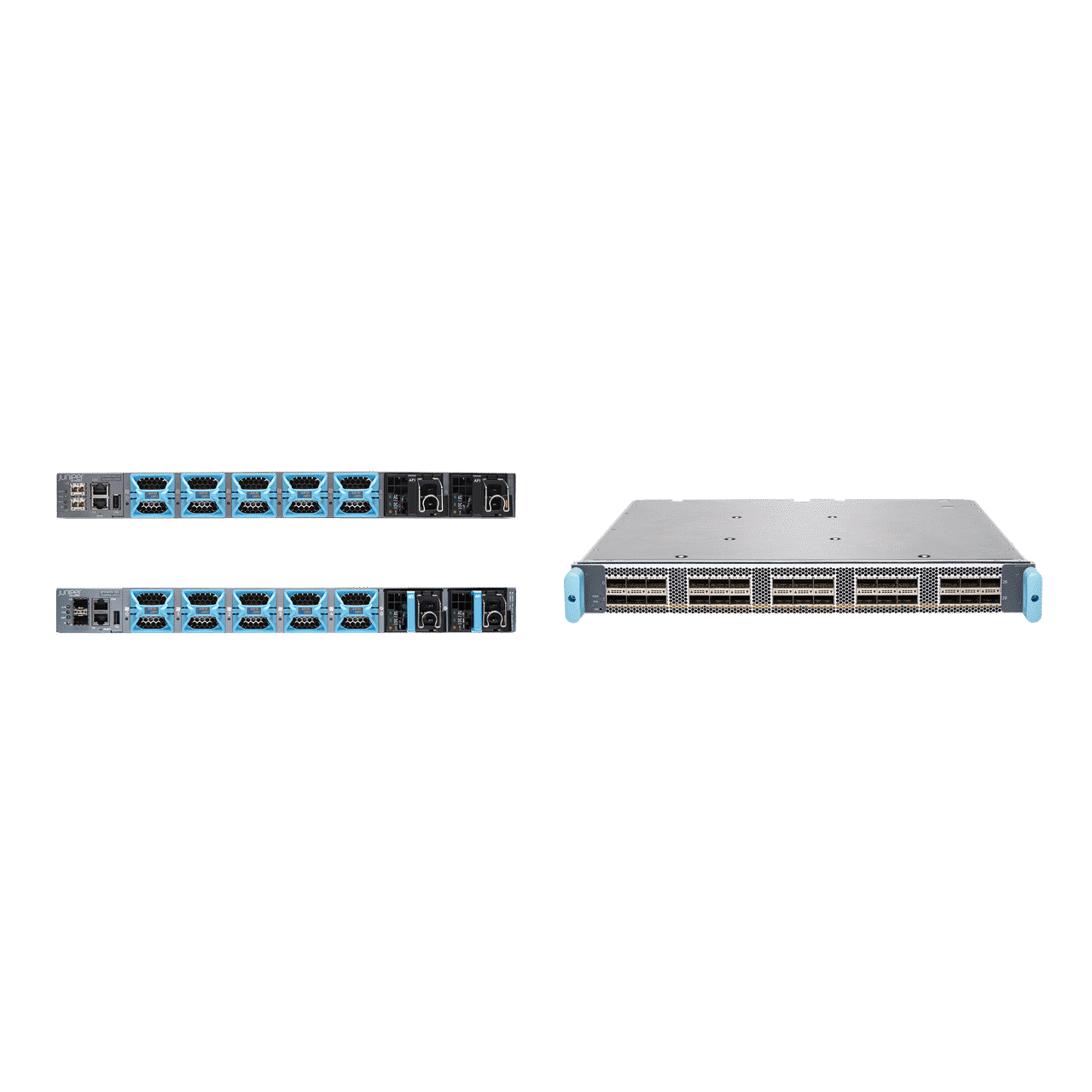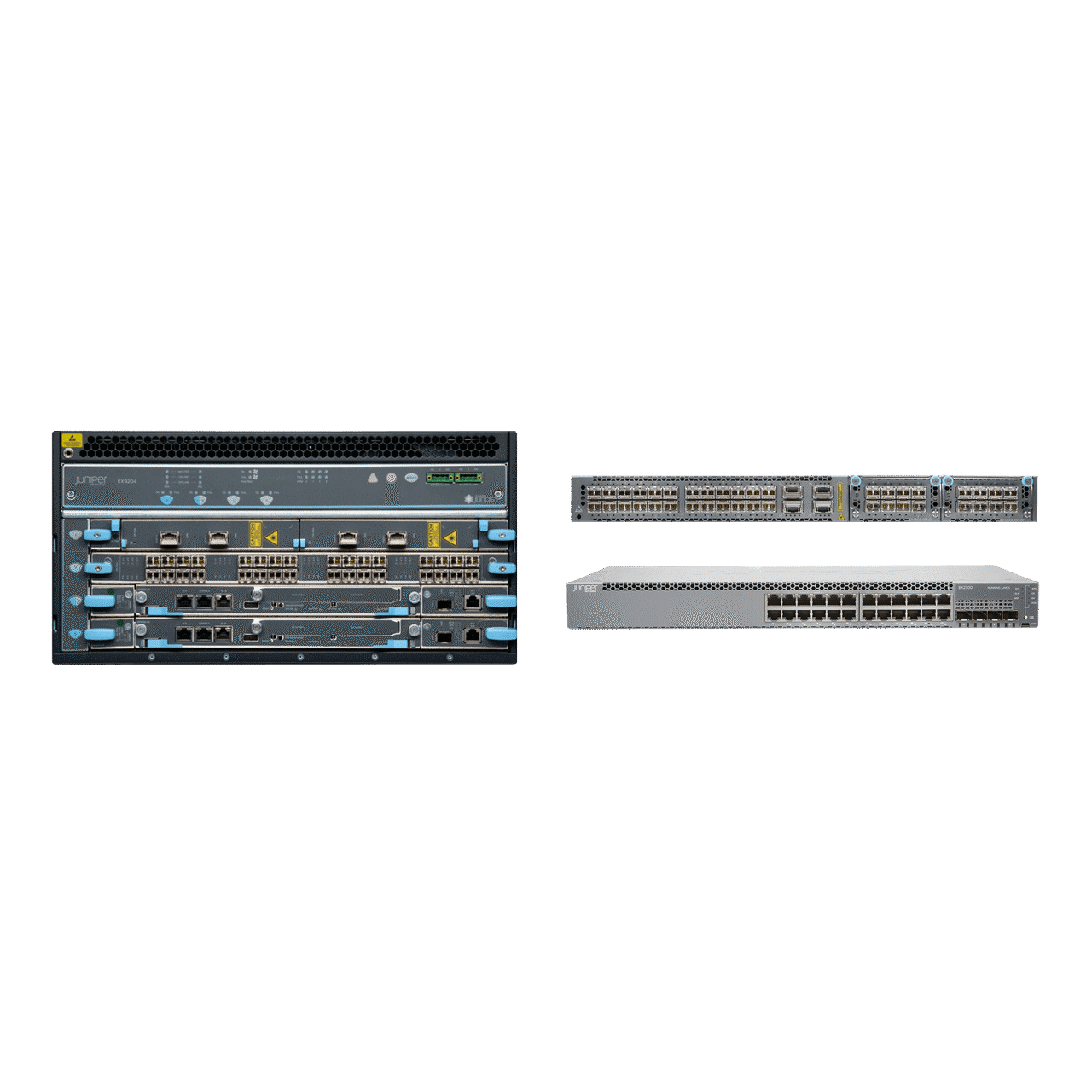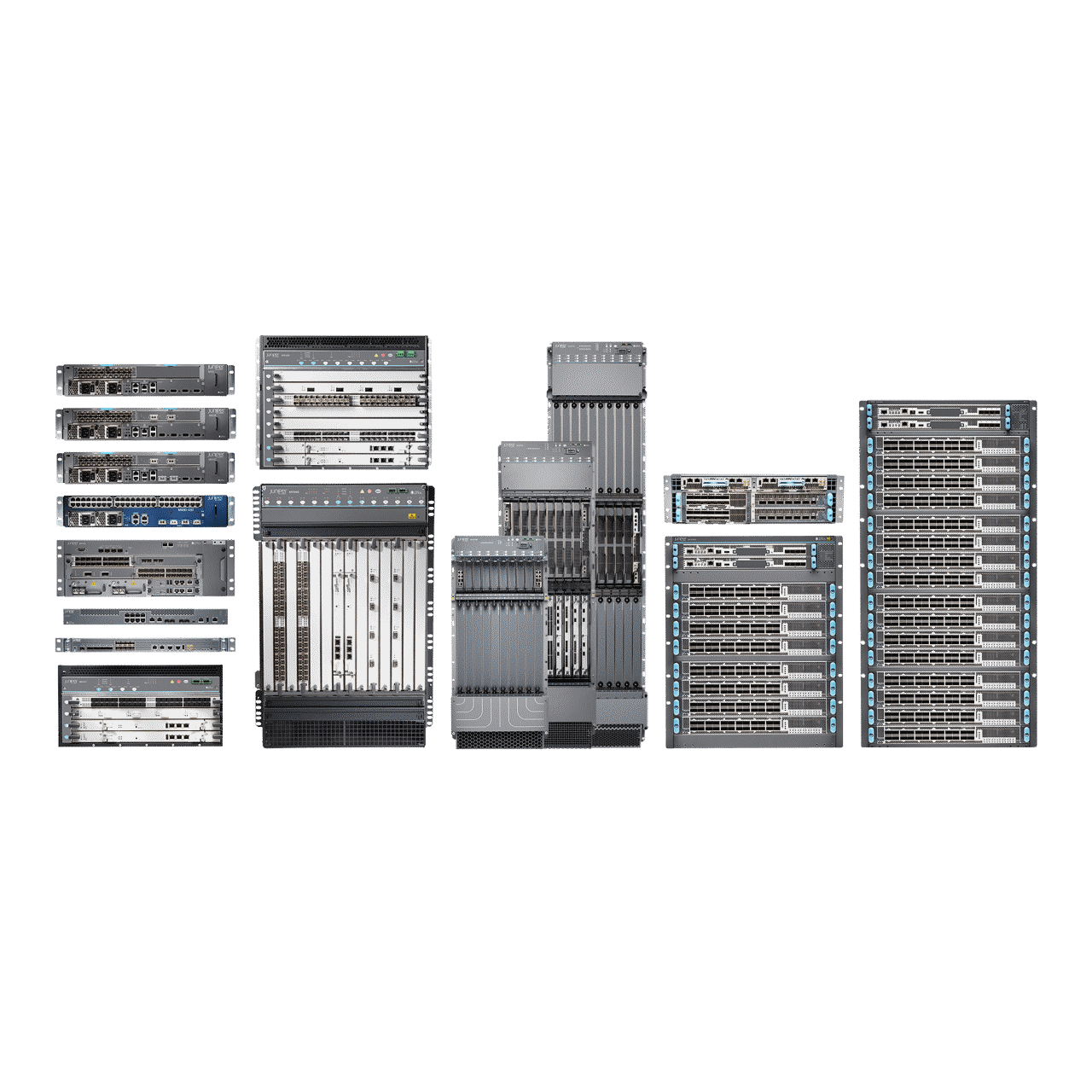Customer Success Story

Connecticut Education Network Upgrades to 100-Gbps Science DMZ Connection
Connecticut Education Network built a better Science DMZ, providing a 100-Gbps, low-latency connection to Internet2 and support for more data-intensive research and scientific collaboration.
The Connecticut Education Network (CEN) delivers reliable, high-speed Internet access, data transport, and network and cloud services to its members throughout Connecticut at affordable rates. CEN connects 200 K-12 schools, 150 libraries, 39 higher education institutions, 100 municipalities, and 10 government agencies statewide.
Overview
| Company | CEN |
| Industry | Education |
| Products used | QFX Series, EX Series, MX Series, QFX10002, QFX5100, MX960, MX480 |
| Region | Americas |

500
facilties connected using the network services
Enabled
research collaboration with a high-speed, low-latency Science DMZ
Offered
network services at an affordable price
Data-intensive collaboration was growing across Connecticut’s research and education community and with peers at national and international institutions. University of Connecticut (UConn), CEN, and Internet2 wanted to upgrade the Science DMZ connection between UConn’s main campus in Storrs, CT and the UConn Health Center in Farmington, about 35 miles away.
“We wanted to enhance the capabilities of researchers to host data and share data with researchers in other institutions, which can benefit a larger community of researchers,” says Ryan Kocsondy, director of CEN.
A Science DMZ is a portion of the network, built at the campus network edge, that’s designed to support high-performance applications, rather than general-purpose business systems. The Science DMZ model is used to support high volume bulk data transfer, remote control over experiments, and data visualization. CEN chose Juniper’s Science DMZ solution.

Juniper Networks MX960 and MX480 5G Universal Routing Platforms are used as high-speed border routers, while the QFX10000 line of switches and EX4600 Ethernet Switches are used to connect to high-performance computing clusters, storage workloads, and data transfer nodes. EX3400 Ethernet Switches are deployed at the libraries.
By building a better Science DMZ network with Juniper, CEN has a high-speed, low-latency connection to Internet2 that is designed for scalability, density, and flexibility. The Science DMZ is designed to meet the unique characteristics of research data. For example, scientific flows are far less predictable than typical corporate traffic, and many research applications produce short bursts of massive flows that saturate links for short periods of time.
Integration Partners, a network engineering firm based in New England, worked closely with CEN, from architectural design through to procurement and deployment. IPC was instrumental in creating the business model for member offerings, and provides Junos OS training to the CEN staff and member community. The relationship is built on integrity and a deep understanding of CEN’s business and challenges as well as engineering excellence with Juniper products.

“With a Juniper network, CEN is able to meet our members’ need for higher capacity Internet connectivity and advanced network services while enabling CEN to deliver these services efficiently,” says Ryan Kocsondy, director of CEN.
Beyond supporting the university’s research agenda, migrating to a Juniper network enabled CEN to offer increased capacity up to 1 Gbps to individual member sites as well as increase the overall backbone capacity to 10 and 20 Gbps. It was also able to offer new in-demand services such as Layer 2 VPN and private Ethernet services.
CEN’s ability to deliver affordable, higher capacity Internet and other network services to K-12 schools is critical to support digital learning initiatives equitably across the state. It is essential that network operations are stable and reliable, so there are no disruptions during online assessments as students prepare for college and careers.
All towns and regional counsels of government also have access to CEN, which increases the state’s investment in the network and makes it possible to share applications and other resources.


Published August 2017
























